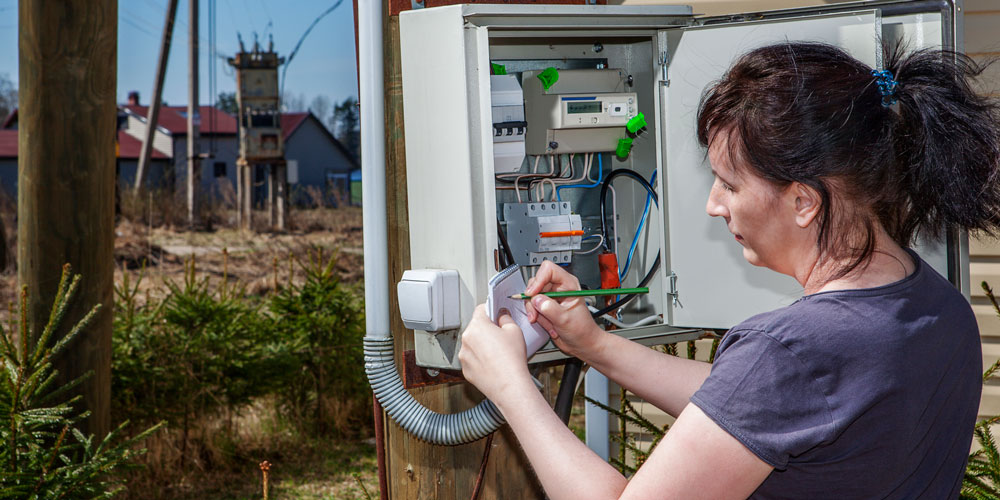Wireless technology has been around for more than a century, It started around 1865, when Scottish scientist James Clerk Maxwell published “A Dynamical Theory of the Electromagnetic Field”, a paper about electric and magnetic fields which today is still regarded as the foundational work of physics that laid the groundwork for wireless communications, Thirty one years later In 1896, Guglielmo Marconi traveled to England to show the British telegraph authorities an operational wireless telegraph for which a patent was filed on June 2, of that year.
Almost hundred years later, in 1964, INTELSAT launched the “Early Bird” geostationary satellite, by 1990 Motorola had applied to the FCC for permission to launch 77 low earth orbit communication satellites, known as the Iridium System. From then on, we have seen a revolution in the development and miniaturization of wireless devices. With Cellular technology, Bluetooth development in mid 90s, the acceptance of wireless is growing.
Today wireless submeters have become popular in applications for energy efficiency, management, and conservation.
Wireless meters provide a major advantage in reducing installation cost, as one can avoid stringing wire. However, wireless systems are not immune to barriers and interference.
One of the most popular modes of wireless transmission in meters is Wi-Fi, which typically operate at 2.4 GHz or 5 GHz. The former is good for penetration over walls, however it is not as fast as the 5 GHz, which can be faster, with a reduced range. Another hurdle with Wi-Fi is the growing density of wireless devices in this frequency and the interference that it causes. Your neighbor’s network, and other electrical equipment create disturbances that when added to other obstacles like heating systems on floors, reinforcing rods on walls and even thick timber walls can create problems later.
Other lower frequencies, like 900 MHz, provide a longer range, a stronger signal that can penetrate walls and overcome obstacles better than Wi-Fi, and may be preferred solution, as it has been proven in electrically hostile industrial environments, with motors and drives switching on and off creating electro-magnetic radiation.
It is typical to set up a wireless network for a submetering system, commission it successfully to later find that it stops working or is working erratically, all because of interferences or blockages that came into place once a tenant moved in and renovated the space, or a new piece of equipment was installed.
For those users that prefer reliability, making the initial investment in a solid transmission system, pays overtime. Simply because tenants may come and go, spaces can be renovated, walls erected, moved or changed, In the industrial environment new equipment may be installed, variable frequency drives may be brought in for energy saving purposes and none of that will affect an installation with adequate wiring of the right size and the right type. If the metering system is TCP/IP an Ethernet cable connection is typically faster and always more reliable than wireless.
Submetering has far reaching implications and positive impact in GHG emissions and carbon reduction because of their ability to enable substantial energy resource savings and optimization — a better use of energy.
Whether hard-wired or wireless, the benefits that submetering brings to any organization by far outweigh any perceived disadvantages and allow owners and managers to monitor, manage and control their energy consumption, attesting to the adage “if you can’t measure it, you can’t control it.”
We thank John Zambakkides, President & CEO of Z3 Controls Inc. a metering company based in Markham ON for sharing this article with us.


